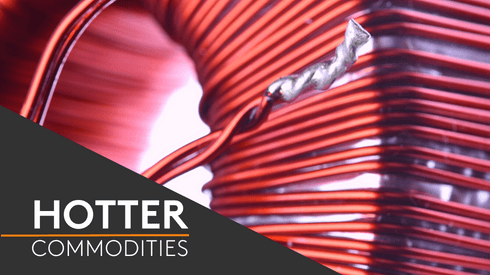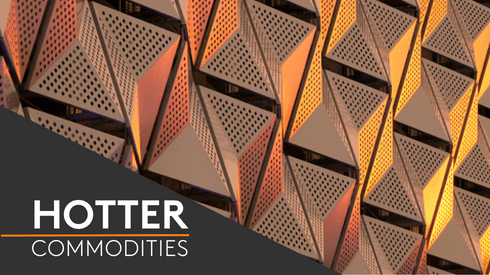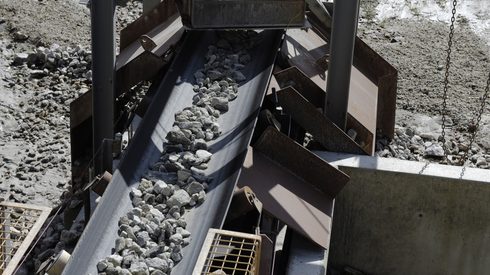The metals market is going through a generational shift. The pull of the ‘green’ economy and rising inflation has highlighted the importance of recyclable commodities to the producers and consumers of metal products — increasing the market appetite for scrap and market value for scrap metal prices.
Unprecedented volatility in the scrap world, with global events like the Russian invasion of Ukraine and knock-ons from the Covid-19 crisis, has left consumers and producers with limited visibility, wondering how and why scrap metal prices are fluctuating. Market participants say the outlook for the rest of the year remains cloudy, while the overall sentiment is negative. Tepid finished product demand owing to global recession fears and the usual year-end destocking by consumers don’t bode well for scrap metal prices.
One notable development, in particular, has been the relative slide of prime scrap metal prices vs those of obsolete scrap metal prices, to the point where prime has in some markets been valued at a discount to obsolete grades like shredded scrap.
In this short presentation, Fastmarkets experts give a visual snapshot of the 8 market-changing events that continue to influence global scrap metal prices.
For a comprehensive, expert view of how market conditions have influenced global scrap metal price movements, read our recent scrap market analysis, Around the world in 8 scrap spreads.






